Are kegels good/safe during pregnancy?
The question about kegels during pregnancy is one we hear quite often here at Revitalize PT. I’ll start out by telling you that the answer to this burning question is...it depends. Every woman’s body is different, and some women really do benefit from kegels during pregnancy. However, this isn’t the case for everyone. The recommendation to do hundreds of kegels per day just because you're pregnant is not universal. Every pelvic floor--and every pregnancy--is different. And whether or not you do kegels during pregnancy is very dependent on your individual body. Read on to learn more about your pelvic floor and if you should or shouldn’t be doing kegels during pregnancy!
What is the Pelvic Floor and What Does it Do?
The pelvic floor is the group of muscles located at the bottom of the pelvis. These muscles, in essence, create a “sling” in the pelvis. This sling functions by:
Supporting the organs (including weight of baby)
Holding against the downward pressures that occur in our abdomen with activity and life
Stabilizing and supporting our pelvis
Support and stabilize the spine (these muscles attach at the pubic bone, sitz bones, and even the tailbone!)
Controlling the bladder and bowels
Aiding in arousal and sexual function
Stretching during a vaginal delivery
The Pelvic Floor During A Vaginal Birth
Did you know that the pelvic floor muscles are actually not used to push the baby out? In fact, these muscles need to stretch and move to allow the baby’s head to move through the birth canal. According to a study by Ashton-Miller and DeLancey (2009), the pelvic floor muscles stretch from 2.5 to 3.26 times their normal length during a vaginal delivery! We need the pelvic floor muscles to be able to contract and relax properly for this great stretch to occur effectively. Stretching and releasing tight pelvic floor muscles to assess the benefit on labor and delivery is something we are currently studying at our office. To read more about this click here.
What Do Kegels Do?
Kegels (aka pelvic floor contractions), when performed properly, can be a way to help strengthen weak pelvic floor muscles. The amount of kegels needed can vary from person to person, depending on that individual’s actual strength measurement. A good way to know how many kegels to do is to follow fatigue cues of the muscles. You will know when the pelvic floor is becoming fatigued if a) the squeeze is less powerful or less lift is happening and b) you can’t hold the squeezes as long.
Kegels During Pregnancy
For the women who truly have pelvic floor weakness, kegels are a great option. There have actually been research studies that have shown that pelvic floor strengthening in the form of kegels during pregnancy can sometimes result in shorter labor and delivery and better physical postpartum recovery. However, not all women need kegels during pregnancy.
Let me say that again for the people in the back.
NOT ALL WOMEN NEED KEGELS DURING PREGNANCY!
Kegels during pregnancy become problematic because some women actually experience pelvic floor tightness. And if the pelvic floor is already too tight, more and more strengthening could put too much strain on the pelvic floor and work against you.
Signs of Pelvic Floor Tightness
Sometimes the pelvic floor muscles can be overactive, or tight, without us knowing. It is common to experience bladder or bowel symptoms with pelvic floor tightness. People who are former high-level athletes, do a lot of exercise or core work, do crossfit, run (especially long distances), are previous gymnasts or dancers, or have scar tissue from a previous delivery are more likely to have pelvic floor tightness. Here are some of the most common symptoms of pelvic floor tightness:
Pain with intercourse
Low back, hip, tailbone, or pelvic pain
Straining to empty bladder/bowels
Straining to initiate urination
Constipation
Urinary incontinence
Bladder urgency
Kegels During Pregnancy...and Beyond
If you experience any of the above symptoms, make a plan to talk with a pelvic floor physical therapist to know if you should or shouldn’t be doing kegels during pregnancy. If you start doing kegels during pregnancy and notice any of the above symptoms, this could indicate pelvic floor tightness. If this is the case, we would recommend talking with a pelvic floor therapist before proceeding. If you don’t have any of the above symptoms, you can try kegels during pregnancy and see how you feel. As mentioned above, follow fatigue as your guide instead of doing hundreds of kegels per day. If you have experienced any pain or would like to prevent pain during pregnancy check out our download 5 Ways to Have a Pain-Free Pregnancy.
References:

